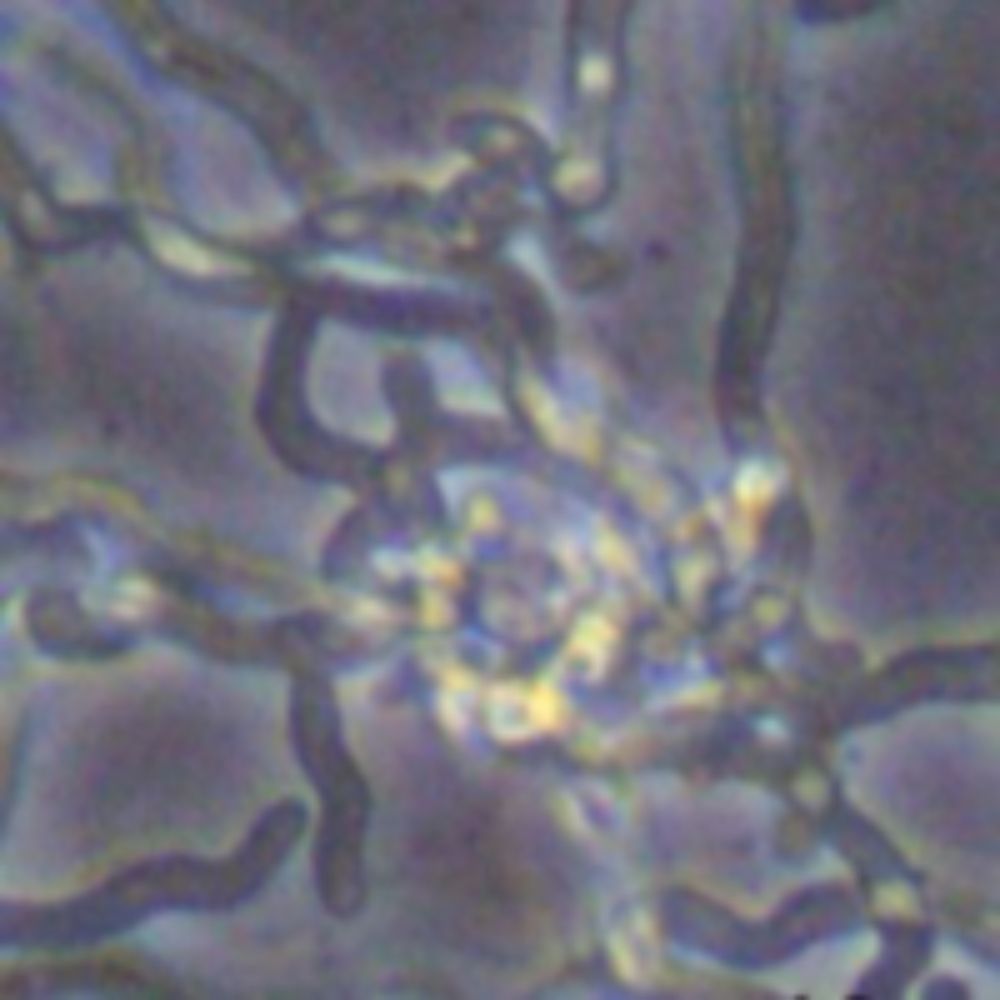
The flagship journal of @ima-mycology.org.
Published by @pensoft.net. Powered by ARPHA platform.
Website: https://imafungus.pensoft.net/
🔗 doi.org/10.3897/imaf...

🔗 doi.org/10.3897/imaf...
🔗 doi.org/10.3897/imaf...

🔗 doi.org/10.3897/imaf...
🔗 doi.org/10.3897/imaf...

🔗 doi.org/10.3897/imaf...
🔗 doi.org/10.3897/imaf...

🔗 doi.org/10.3897/imaf...
🔗 doi.org/10.3897/arph...
@imafungus.pensoft.net

🔗 doi.org/10.3897/arph...
@imafungus.pensoft.net


Read more on the @pensoft.net blog: blog.pensoft.net/2025/10/22/s...

Read more on the @pensoft.net blog: blog.pensoft.net/2025/10/22/s...
🔗 doi.org/10.3897/imaf...

🔗 doi.org/10.3897/imaf...
🔗 doi.org/10.3897/imaf...

🔗 doi.org/10.3897/imaf...
🔗 doi.org/10.3897/imaf...

🔗 doi.org/10.3897/imaf...
🔗 doi.org/10.3897/imaf...


🔗 doi.org/10.3897/imaf...
If you're at the event, today is your last chance to head to booth 229 to learn more about our journal!

If you're at the event, today is your last chance to head to booth 229 to learn more about our journal!
🔗 doi.org/10.3897/imaf...

🔗 doi.org/10.3897/imaf...
🔗 doi.org/10.3897/imaf...

🔗 doi.org/10.3897/imaf...
🔗 doi.org/10.3897/imaf...

🔗 doi.org/10.3897/imaf...
🔗 mycokeys.pensoft.net/news/996

🔗 mycokeys.pensoft.net/news/996
🔗 doi.org/10.3897/imaf...

🔗 doi.org/10.3897/imaf...
🔗 doi.org/10.3897/imaf...

🔗 doi.org/10.3897/imaf...
🔗 doi.org/10.3897/imaf...

🔗 doi.org/10.3897/imaf...
🔗 doi.org/10.3897/imaf...

🔗 doi.org/10.3897/imaf...
🔗 doi.org/10.3897/imaf...

🔗 doi.org/10.3897/imaf...
🔗 doi.org/10.3897/imaf...

🔗 doi.org/10.3897/imaf...
🔗 doi.org/10.3897/imaf...

🔗 doi.org/10.3897/imaf...
A newly discovered morel from #china for #FungiFriday:
Morchella diversa
Treatment: treatment.plazi.org/id/ADF10226-...
Publication: doi.org/10.3897/imaf...
#IMAFungus #MorchellaDiversa
#FAIRdata
#OA #taxonomy #ecology #biodiversity #conservation #fungi #mushrooms #mycology #morels

A newly discovered morel from #china for #FungiFriday:
Morchella diversa
Treatment: treatment.plazi.org/id/ADF10226-...
Publication: doi.org/10.3897/imaf...
#IMAFungus #MorchellaDiversa
#FAIRdata
#OA #taxonomy #ecology #biodiversity #conservation #fungi #mushrooms #mycology #morels
🔗 doi.org/10.3897/imaf...

🔗 doi.org/10.3897/imaf...

